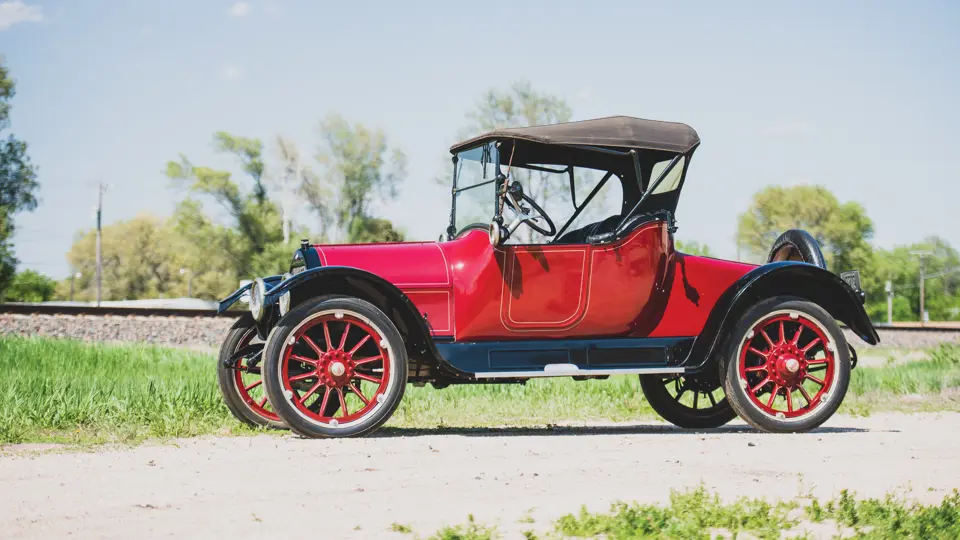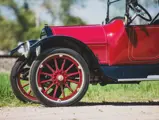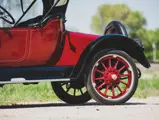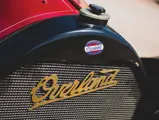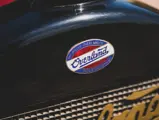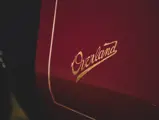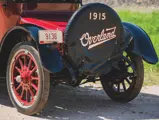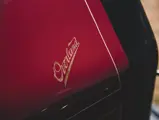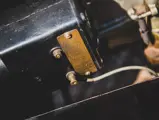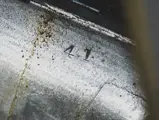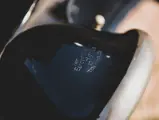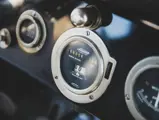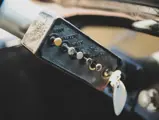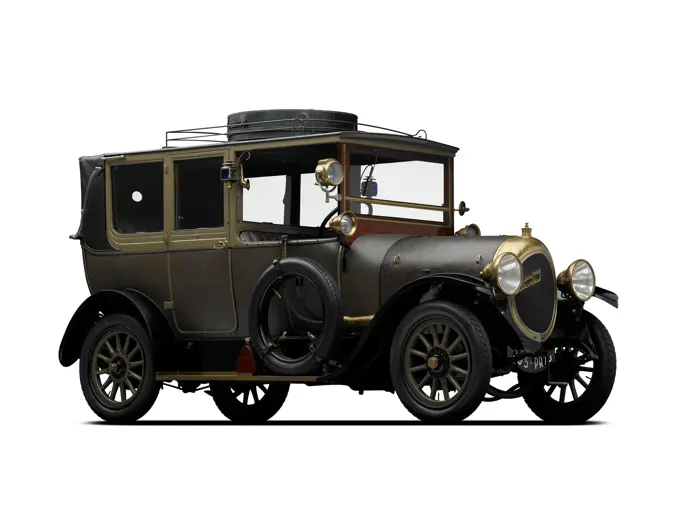Turnarounds in the automobile industry are nothing new. Even before 1910, there were rescue efforts aimed at foundering car companies. A prime example was the Overland Company of Indianapolis, Indiana. Charles Minshall and Claude Cox collaborated in 1903 to build a small runabout they christened “Overland,” appropriate to its intended purpose. A fairly advanced automobile for its day, it had a single-cylinder engine in front, two-speed planetary transmission, and jump-spark ignition. Sales increased encouragingly, but profits were elusive. By 1907 the company was in a cash-flow crisis.
To the rescue came John North Willys, their Elmira, New York, dealer. Unable to get cars from the factory to fulfill his many orders, he went to Indianapolis to investigate. Willys was not only a brilliant salesman, he was a good manager as well. Within months he had production humming again, assembling cars in a circus tent because orders exceeded factory space. By 1910, Overland was the third-best-selling car in America after Ford and Buick. It would soon rise to second place.
In 1915, Overland was in the fourth season of a seven-year reign as second-place challenger to Henry Ford’s Model T. This 1915 Model 80 Overland has a long history of documented owners, going back to Norman Waddel in the late 1940s. Its subsequent stewards have been Sterling Walsh (1955), Norm Becker (1964), Frank Heiss (1969), Robert Schill (1977), Edward Josey (1978), Philip Kersch (1986), and Joan and Mike Hoffman, from whom it was acquired by the Merrick Collection in 1994.
Very handsome with a red body pinstriped in grey, it has black fenders, a black canvas roadster top, and two-piece windshield. The lighting is electric by Auto-Lite in Overland’s hometown of Toledo, Ohio. The spare tire mounts at the rear behind a small luggage compartment.
This car demonstrates why Overland was almost as popular as the Model T Ford.
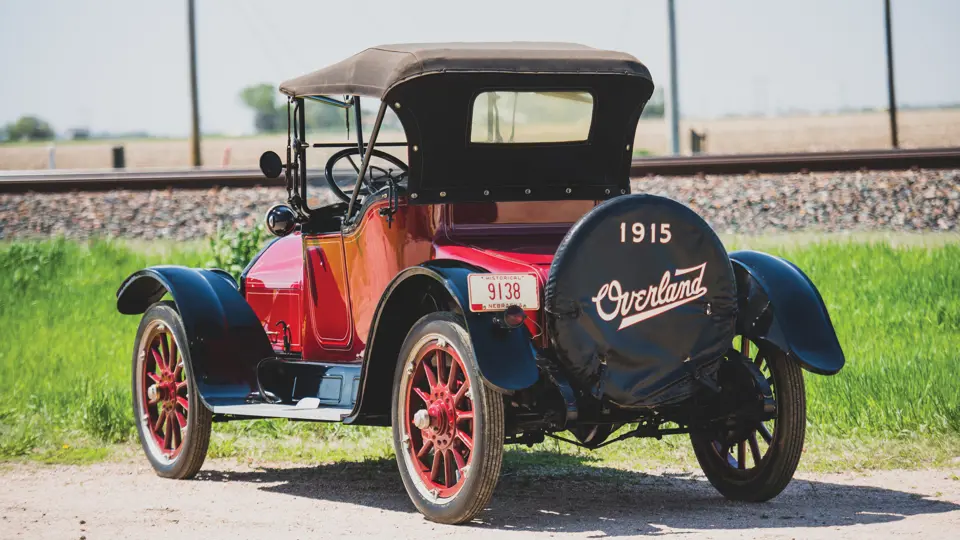

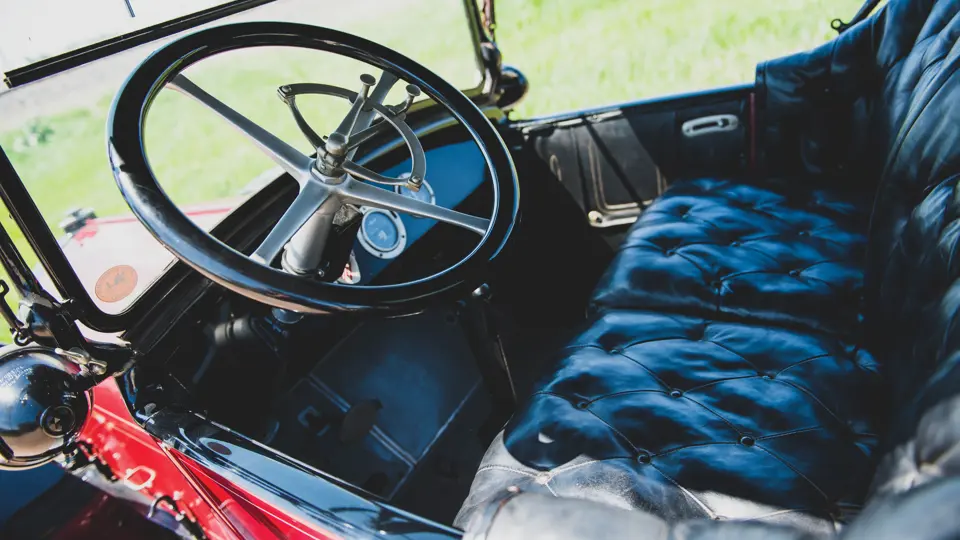

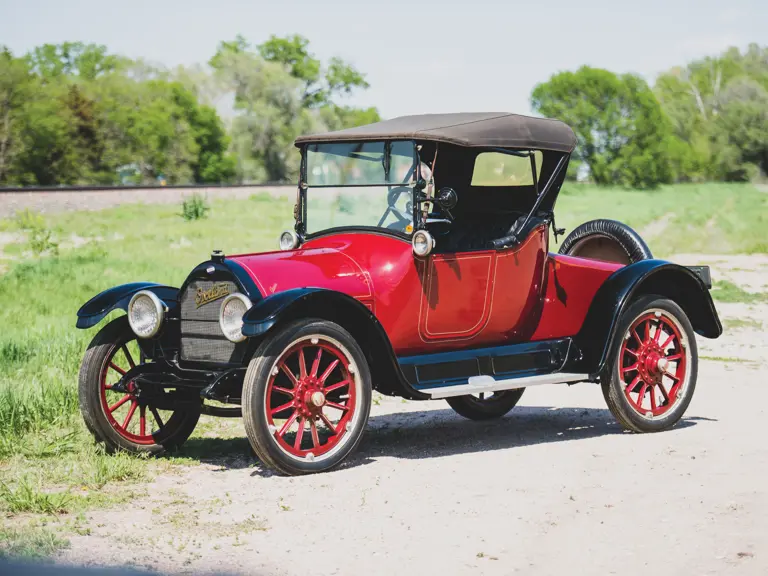
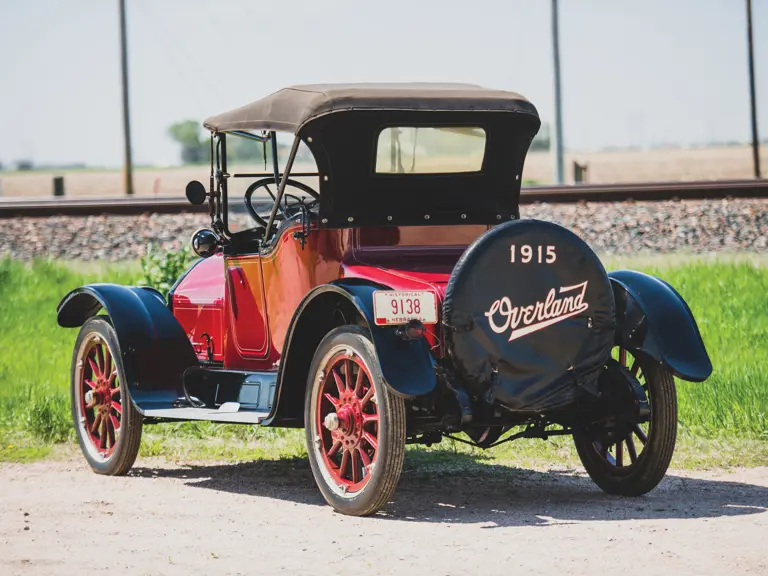
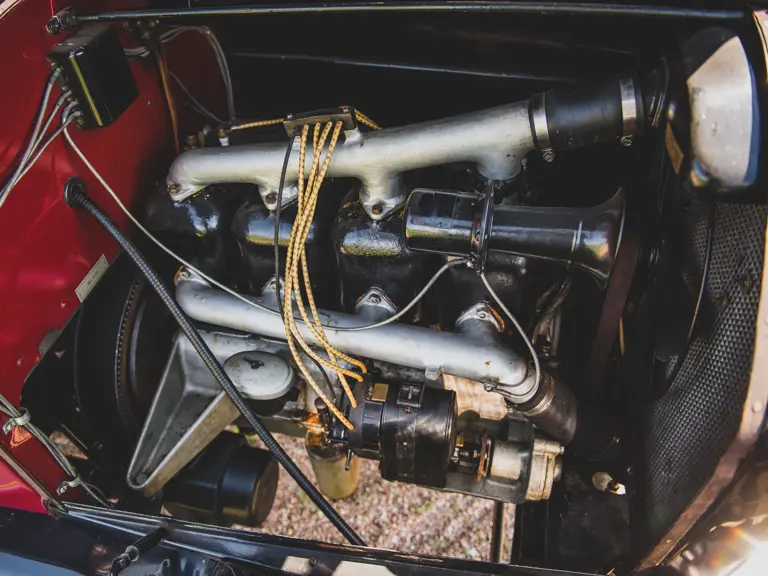
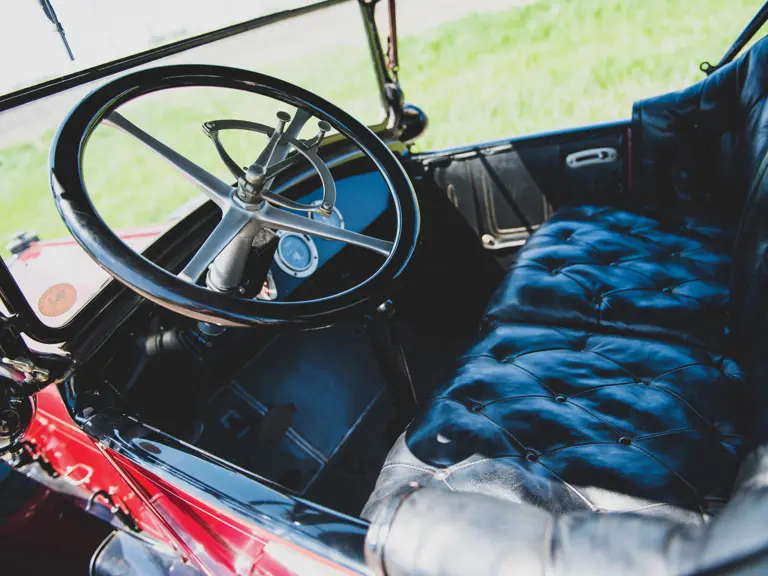

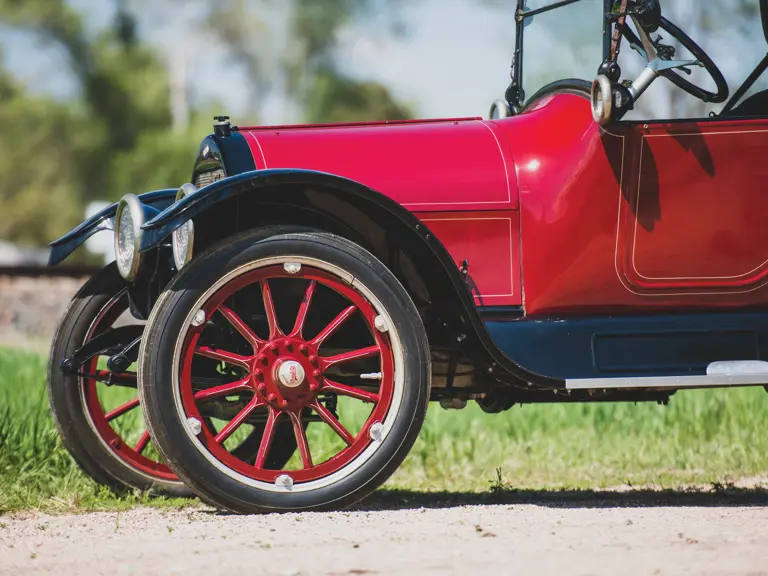
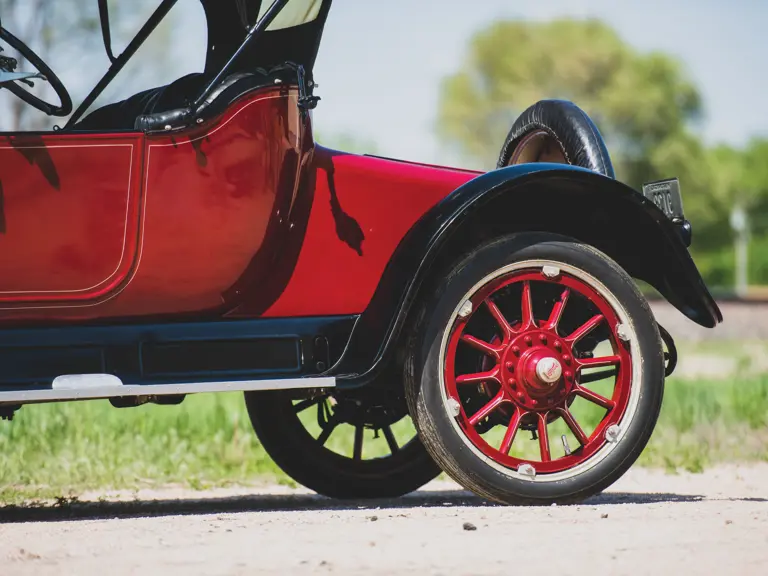
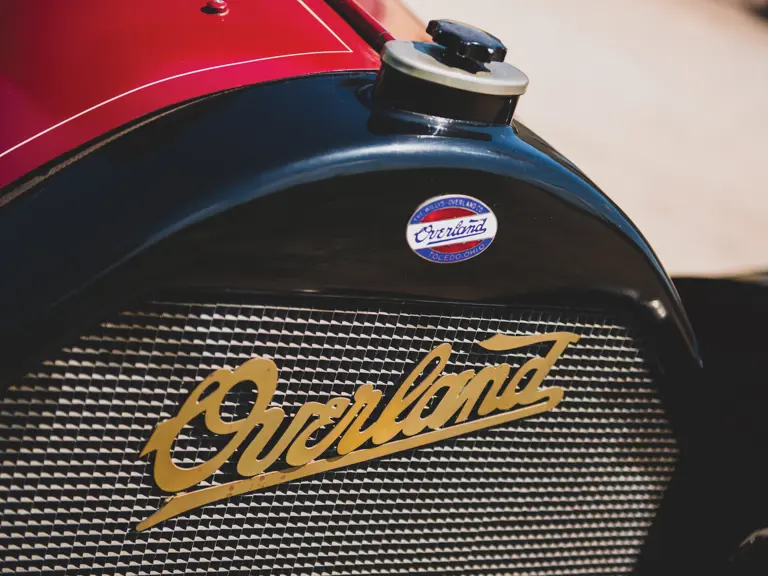

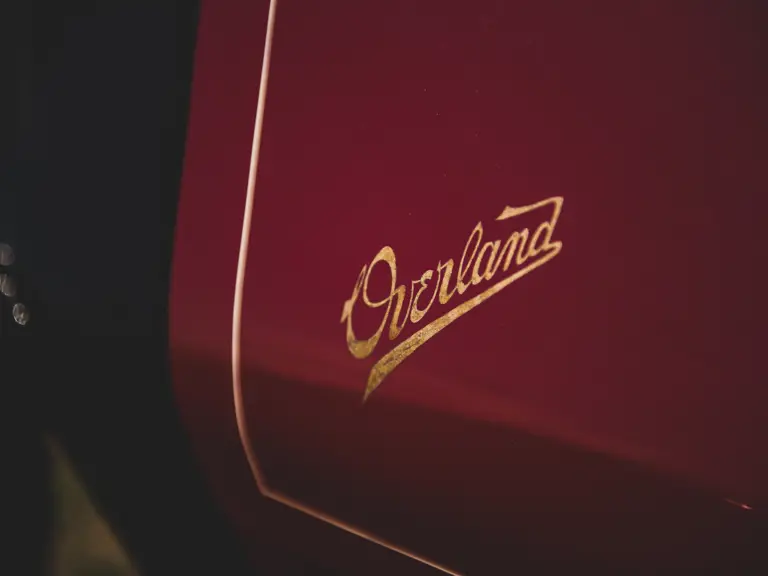

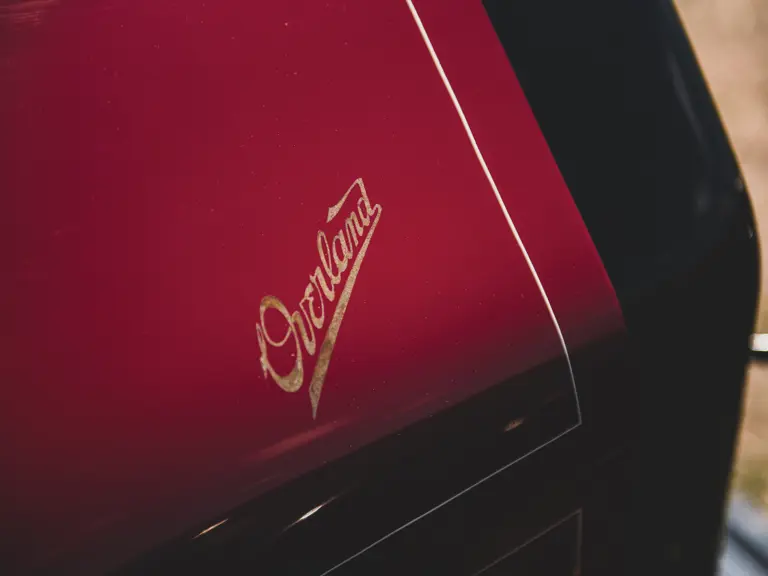
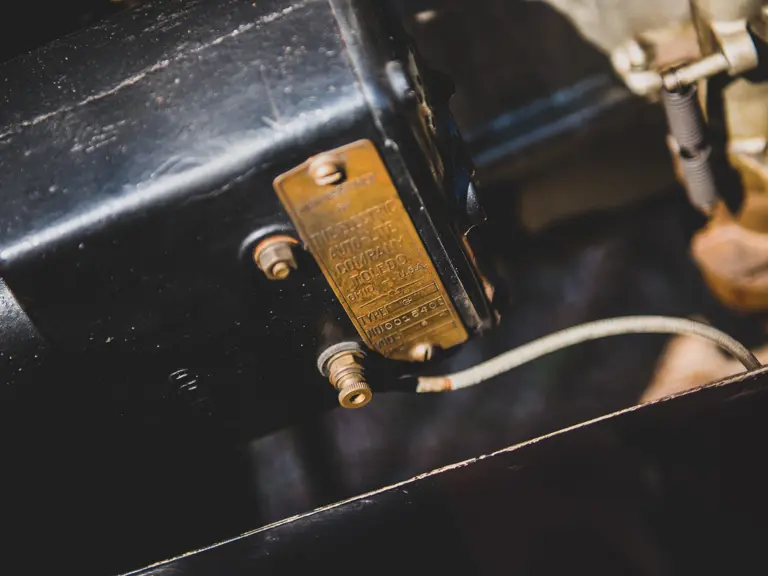
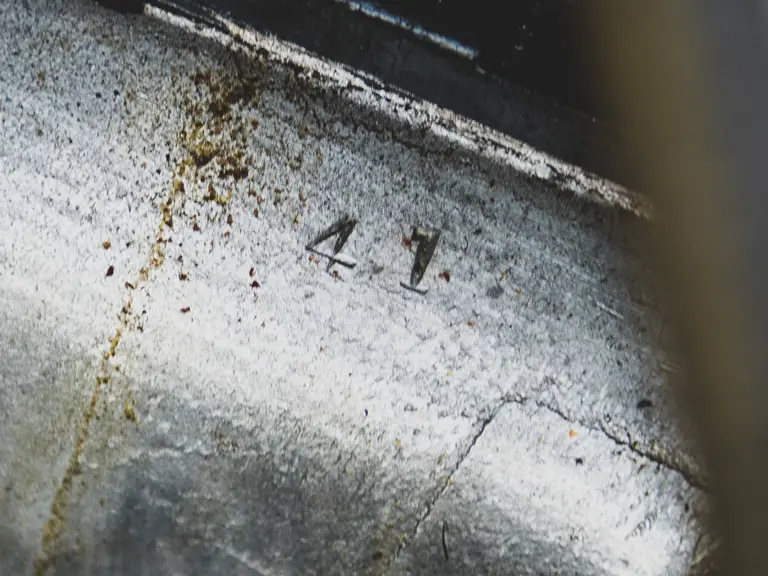
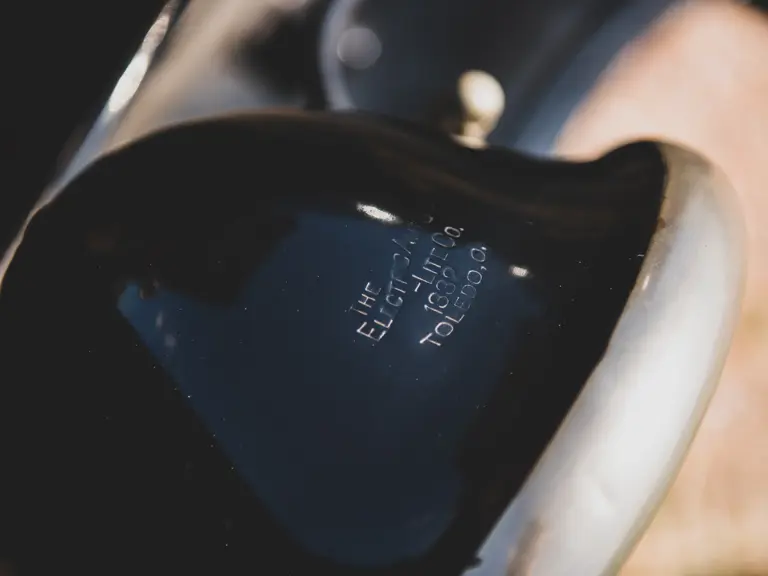
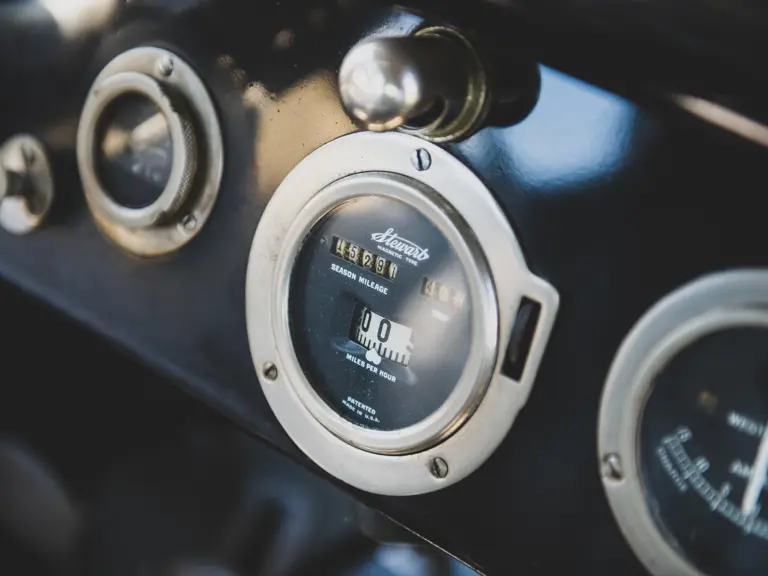
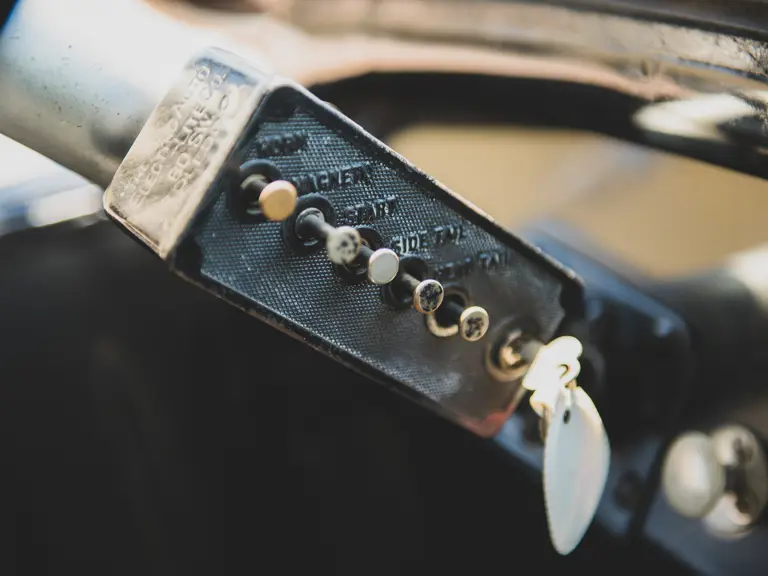
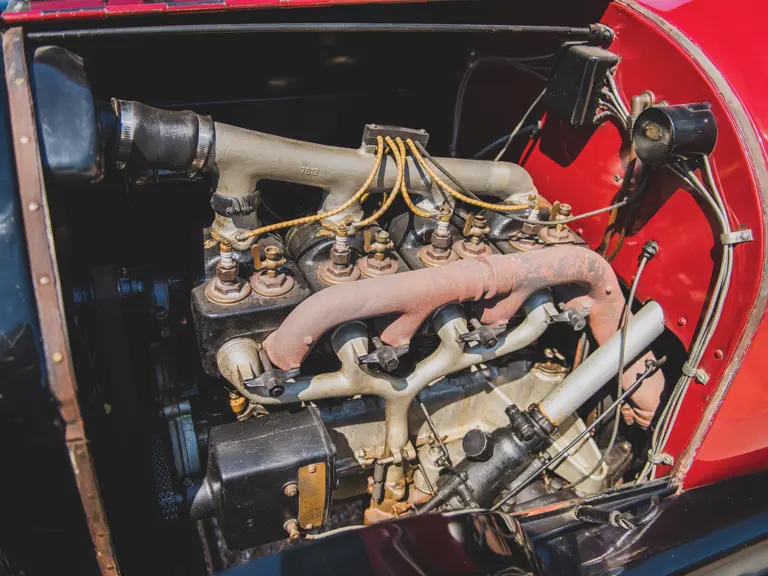
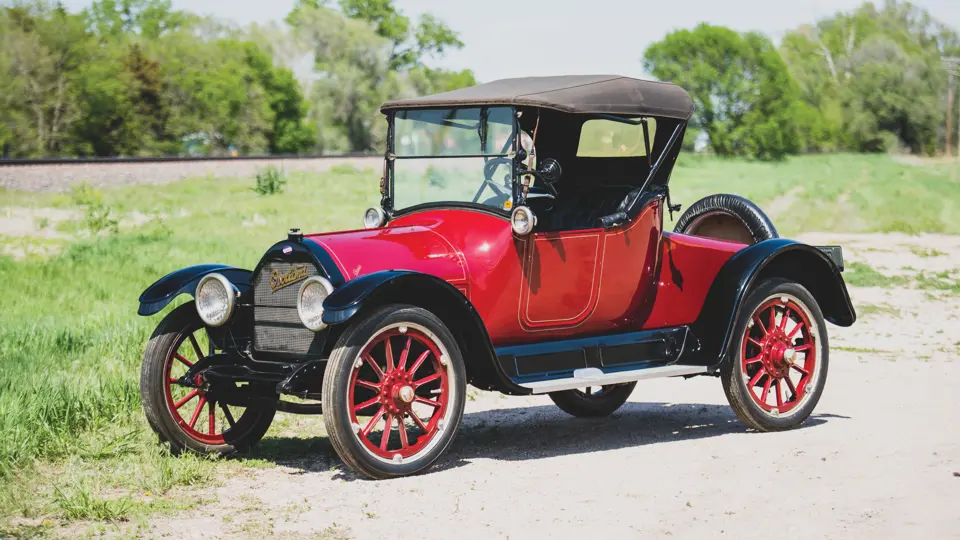
 | Hershey, Pennsylvania
| Hershey, Pennsylvania
